Varanasi

HISTORY AND TODAY
The original name of Varanasi was 'Kashi,' derived from the word 'Kasha', meaning brightness. There are many legends associated with the ancient city. It is believed that the Hindu god Shiva and his consort Parvati lived here on the banks of the Ganges River. The present name Varanasi has its origin in the two tributaries of the Ganges - Varuna and Assi, which flank its northern and southern borders. It was here that the two rivers locked a piece of land that became a Hindu pilgrimage site, specifically as the holiest cremation spot to attain salvation. The great riverbanks of Varanasi are lined with an endless network of stone steps – the ghats – progressing all along the waterfront, altering in appearance with the seasonal fluctuations of the river level. The Hindus believe a dip in the Ganges along the ghats can wash away all sins. Thousands of people spend the last days of their life here. It is a particularly auspicious place to die, because one is believed to attain moksha here (liberation from the cycle of birth and death), making Varanasi the beating heart of the Hindu universe.
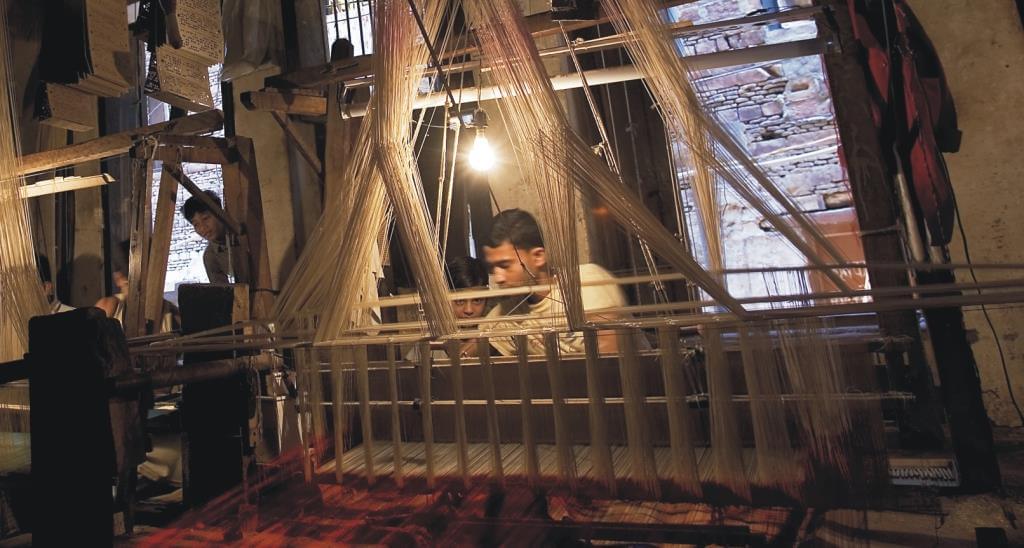
MUSIC, ARTS, CRAFT & EDUCATION
Varanasi is also renowned for its rich tapestry of music, arts, crafts and education. The city is a center of learning and civilization for over 3000 years. Aptly called as the cultural capital of India, Varanasi has provided the right platform for all cultural activities to flourish. Many exponents of dance and music have come from Varanasi. Ravi Shankar, the internationally renowned Sitar maestro and Ustad Bismillah Khan, (the famous Shehnai player) were born or have lived here for a major part of their lives. Apart from these musical masters, Varanasi abounds in the art of silk weaving. The Banarasi silk sarees and silk brocades are cherished as collector’s items across the world today.
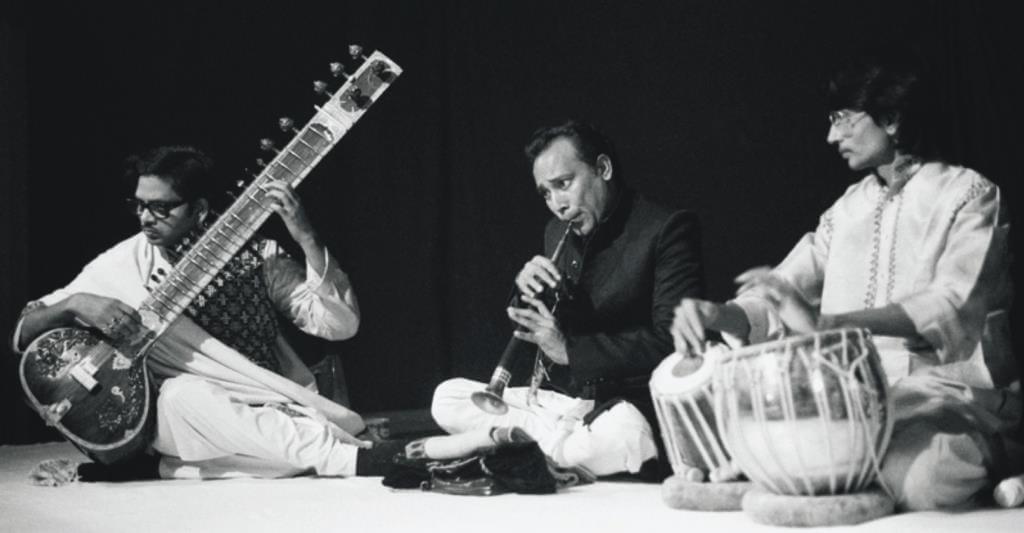
Mrs. Annie Besant chose Varanasi as the home for her 'Theosophical Society' and Pandit Madan Mohan Malviya founded the Benares Hindu University, the largest residential university in Asia and one of the largest in the world, having over 35,000 students across arts, sciences, engineering, medical, agriculture, performing arts, law and technology. Ayurveda is said to be originated at Varanasi and is believed to be the basis of modern medical sciences such as plastic surgery, cataract and calculus operations. Maharshi Patanjali, the preceptor of Ayurveda and Yoga, was also affiliated with Varanasi. Varanasi is associated with promotion of spiritualism, mysticism, Sanskrit, yoga and Hindi language and honored authors such as the ever-famous novelist Prem Chand and Tulsi Das, the famous saint-poet who wrote Ram Charit Manas.
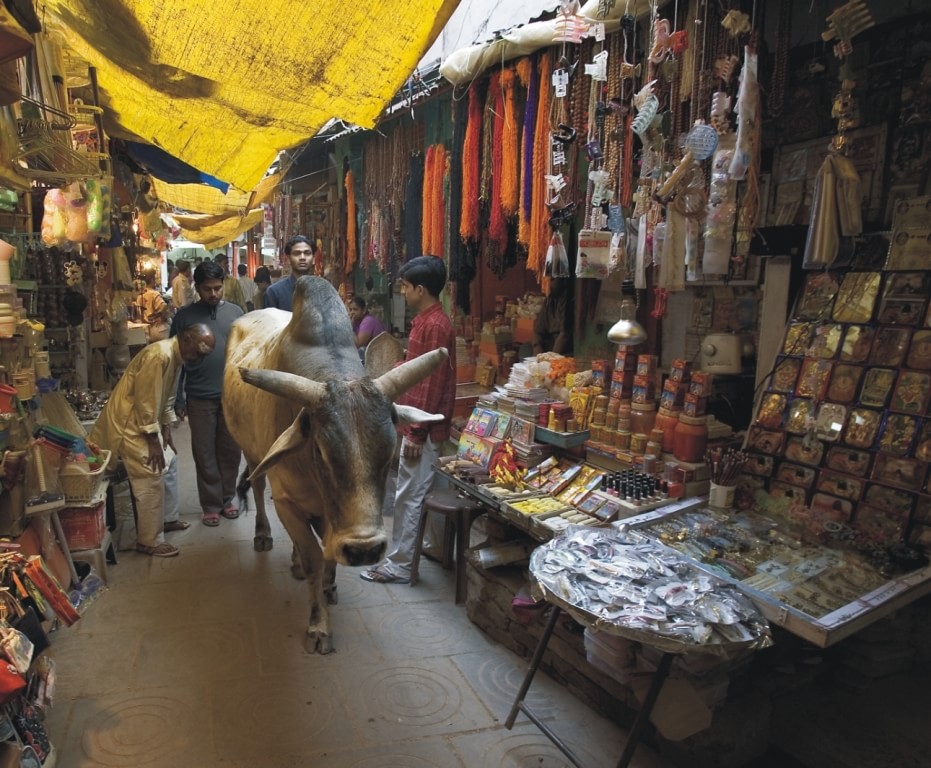
OLD CITY
The old city of Varanasi is situated along the western bank of the Ganges and extends backwards from the ghats in a maze of alleys called galis (narrow alleys) that are too narrow for traffic, making it ideal for discovery walks. If you want to get a sense of the real Varanasi the only possible way is to get lost in the alleys (locally called ‘galis’). The real Varanasi lies in these alleys, which are bustling with life and activity even today. Narrow and puzzled alleys, beautiful temples and shrines, monasteries, old buildings, cultural and religious diversity, all the major old markets, authentic Varanasi-food, local people, cows and bulls, all are found inside the alleys. They can be misleading, but the popular places, restaurants and shops are usually marked and, however lost you get, you will eventually end up at a ghat and get your bearings. The local people do all of their business in the alleys on foot.

GHATS
The stepped banks (ghats) lie in a crescent shape all along the Ganges River in Varanasi and a walk along the ghats or a boat ride on the river is the best way to discover them. These are buzzing with activity as early as 4 am and continue until late at night. You will feel yourself immersed into the beating heart of the Hindu universe. Old havelis and palaces lie on the fringes of the river, ensuring a stunning landscape of unique architecture along the entire stretch. You can walk all the way along the ghats, except during and immediately after the monsoon, when the river level is too high and everything is covered under it.
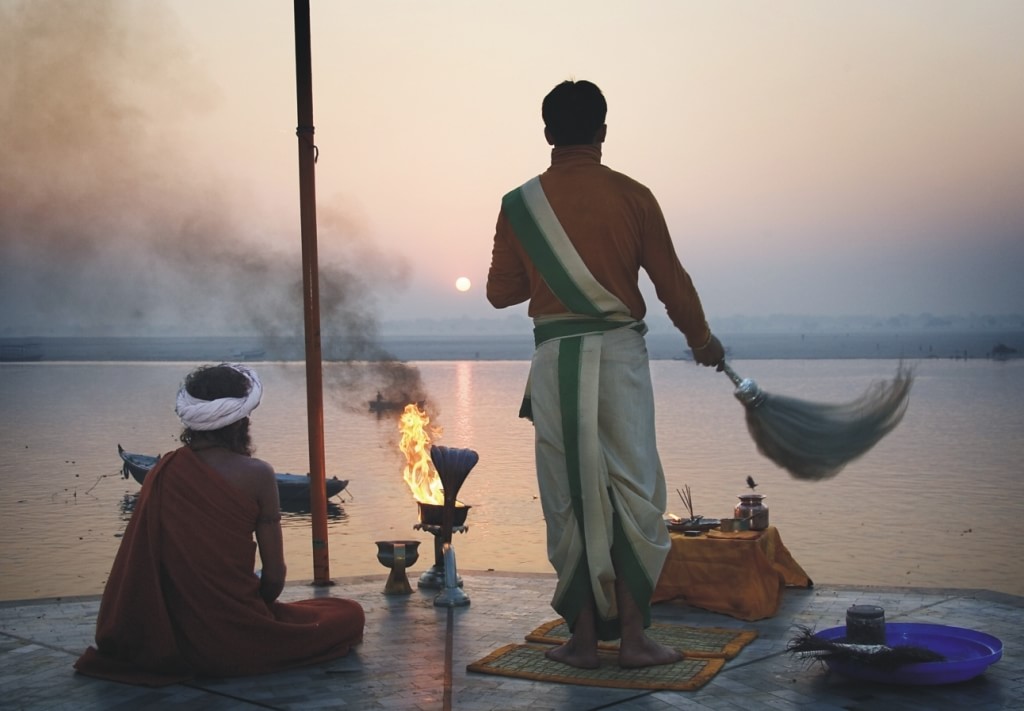
ATTEND THE AARTI
The most spectacular event at the ghats is the Ganga aarti that is held every evening between 6.15 and 7.15 pm on five ghats. Of these, the Dashashwamedh Ghat aarti is the oldest and the most famous one. Five to seven priests perform the daily ceremony with large fire lit lamps, bells and conchs, as hundreds of people assemble to pay their respects and devotion to the sacred Ganges river. Cymbals crash, bells ring, drums bang, and tea lights are cast into the Ganges. This intoxicating ceremony, which feels almost like a festival, attracts huge crowds – sit back, drink chai from clay cups, and enjoy the events unfolding. For a more intimate ceremony, we recommend you to attend the one in Assi Ghat. You can also light a lotus flower candle or earthen lamp and set it floating on the water. If you are going to indulge in this, please do insist on ecological options and help prevent the Ganges from being polluted with plastic and non-biodegradable floating lamps.
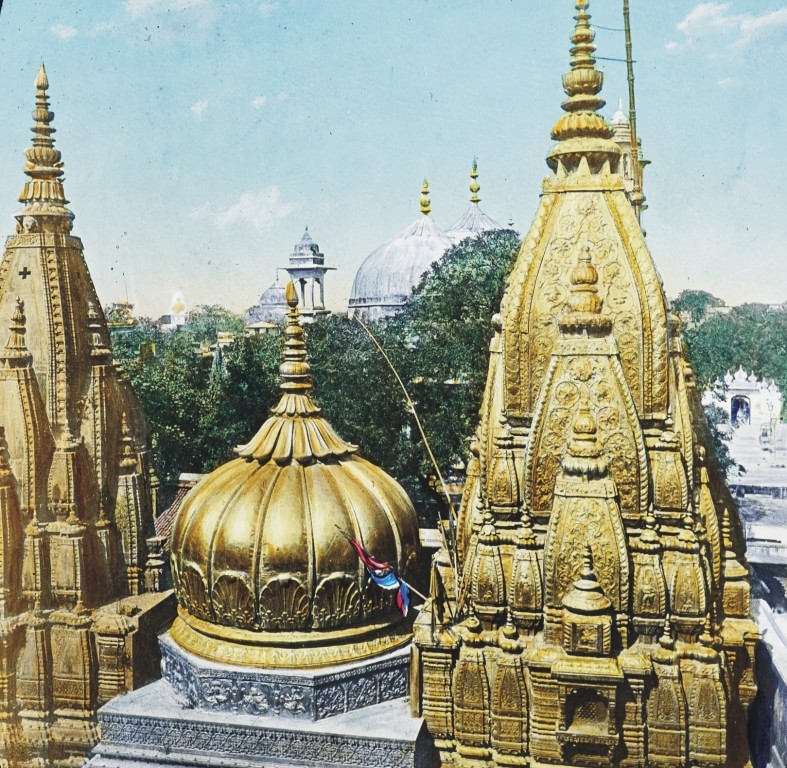
VISHWANATH MANDIR (Golden Temple)
To visit the Kashi Vishwanath Temple once in a lifetime is one of the most important pilgrimage for a Hindu. The temple has been destroyed and re-constructed a number of times. The last structure was demolished by Aurangzeb, who constructed the Gyanvapi Mosque on its site. The current structure was built on an adjacent site by the Maratha monarch, Ahilya Bai Holkar of Indore in 1780. The temple is one of the twelve Jyotirlingams of India, the holiest of Shiva temples. A narrow lane, packed with pilgrims, leads to the heavily guarded temple. Shops selling flowers and goods for offering to the gods line the street leading up to the temple. Join the flow of devotees and visitors as cops swiftly usher you through the silver doors of the main altar where priests continuously douse a small stone lingam with offerings of flowers and milk. After snaking past this, one can spend a more relaxed time sitting on the cool floors under the golden spire and dome. Shrines for other deities like Kalabhairav, Dhandapani, Avimukteshwara, Vishnu, Vinayaka, Sanishwara, Virupaksha and Virupaksh Gauri surround the main temple. The temples for goddess Annapurneshwari and Shani are also important shrines that lie just outside the Kashi Vishwanath temple. Security is tight making entrance difficult and sometimes completely off limits to foreigners. No bags, cell phones or pens are allowed. They can be deposited in the shops by the temple entrance. Visitors should note that photography is only allowed outside the temple.
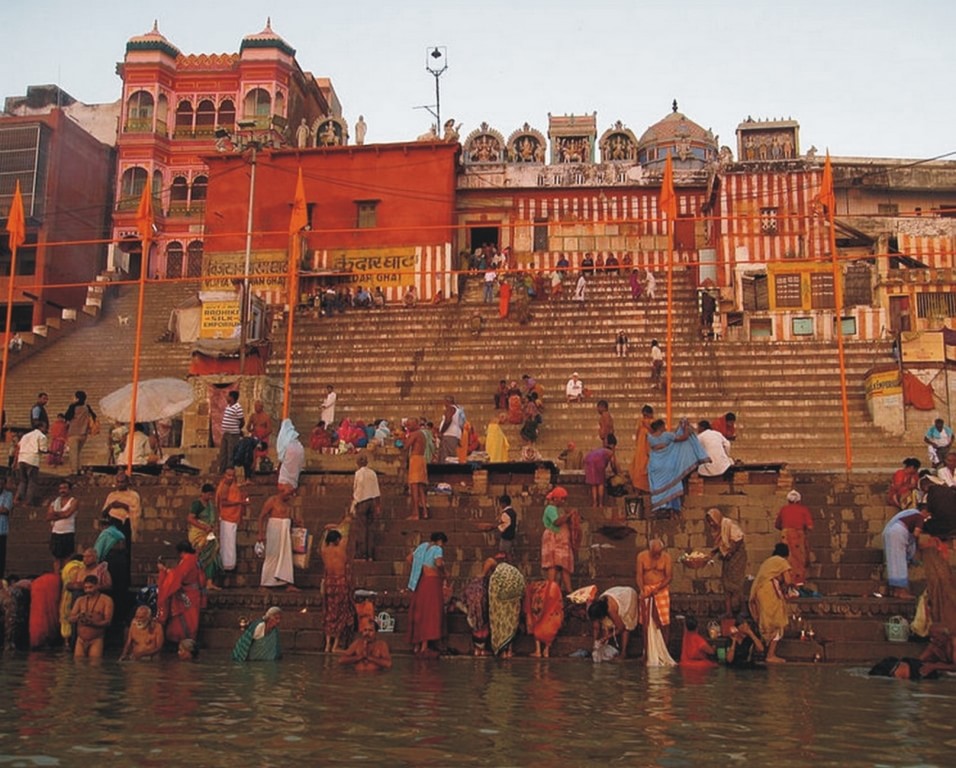
GAURI KEDARESHWAR TEMPLE
The Kedar Ghat is one of the busiest ghats on the Ganges and can be easily distinguished by its red and white steps from a distance. Thousands come here each year to pay homage to the Gauri Kedareshwar temple. The best approach to the temple is either by a boat ride or through the narrow lanes of Bengali Tola. The temple is said to be a replica of the Kedarnath lingam of the Himalayan temple. The irregular humped shaped lingam in stone is encased in a copper railing. The temple is more popular among locals than outside devotees. Taking a holy dip in the river Ganges on every Monday and performing a puja at Kedareshwar is considered to be very auspicious by the Hindus.

BANARAS HINDU UNIVERSITY (BHU)
This University was built during the Indian freedom struggle and is known as Oxford of the East. This is the largest residential university of Asia, with 124 departments in a very green and peaceful campus. You can also visit Bharat Kala Bhavan, a museum of Art and Archeology inside the university. There is also a huge white marbled temple called Vishwanath Temple which was bulit by Pt. Madan Mohan Malviya, the founder of the university.
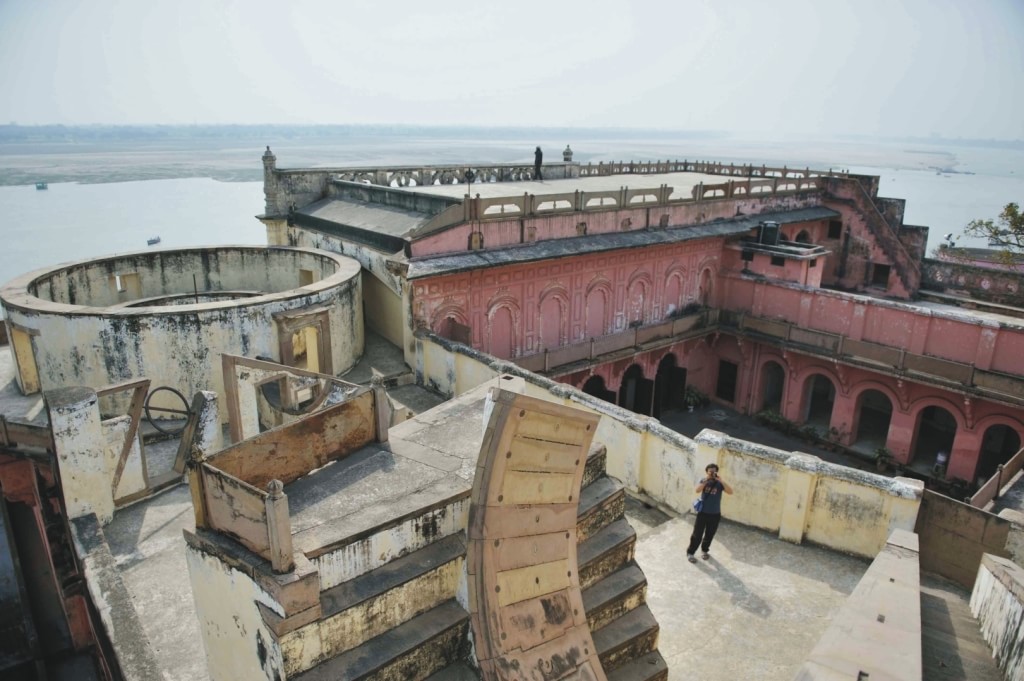
JANTAR MANTAR: Astronomical Observatory
The original construction of the astronomical observatory of Varanasi was constructed by King Amber at the Man Mahal palace in 1600 AD. It was later taken over by Maharaja Sawai Jai Singh, who founded the city of Jaipur and converted this into a learning centre. The observatory is walking distance from the Dashashvamedh Ghat. The highlights of the observatory include the Samrat Yantra, Laghu Samrat Yantra, Dakshinobhiti Yantra, Chakra Yatra, Digansa Yantra and Narivalaya Dakshin and Uttar Gola.
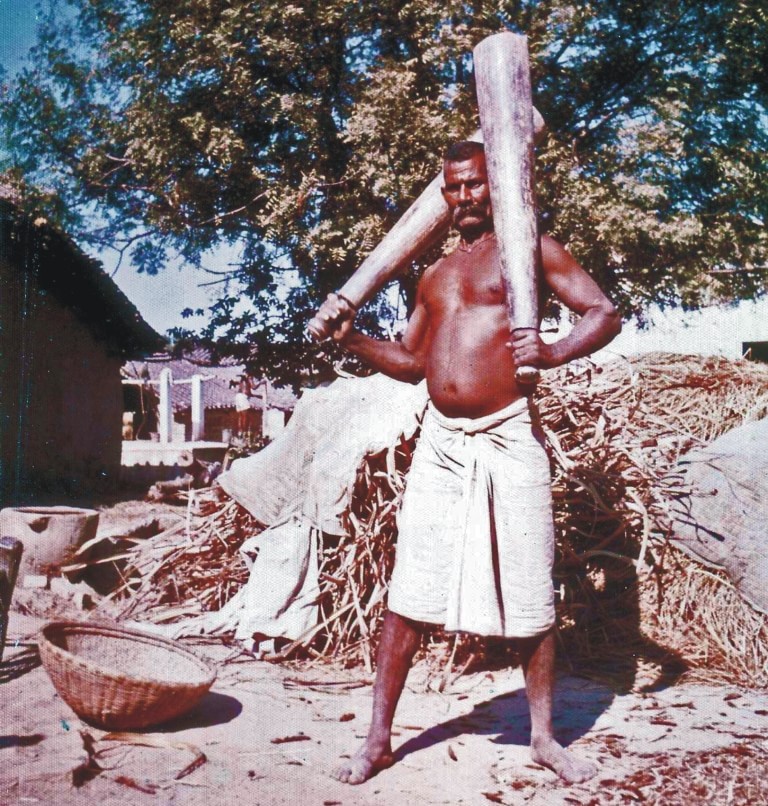
KUSHTI AKHARAS
One of the oldest akharas in the city, the Tulsi akhara is believed to have been established over 500 years ago by poet Tulsidas. The old world gyms of Varanasi are still operational in the mornings as youngsters come here to wrestle in the mud pits and work out weights. The day starts with a prayer at the small Hanuman shrine, before warm-up begins in earnest with a range of kushti equipment. Young boys wear gar nals or stone rings that act as weights around their necks. Some finish a lap of cartwheels along the periphery. Yet others lift a mace (Hanuman’s gada), their eyebrows furrowed and temples glistening with beads of sweat. Before long everything dissolves into an impossible tangle of limbs on the soft mud, which reduces the impact of throws and maneuvers perfected over the years. The wrestling rings have mud brought from nearby villages. This is mixed with turmeric, curd and neem to infuse it with therapeutic properties to give the wrestlers a health boost along with a workout.
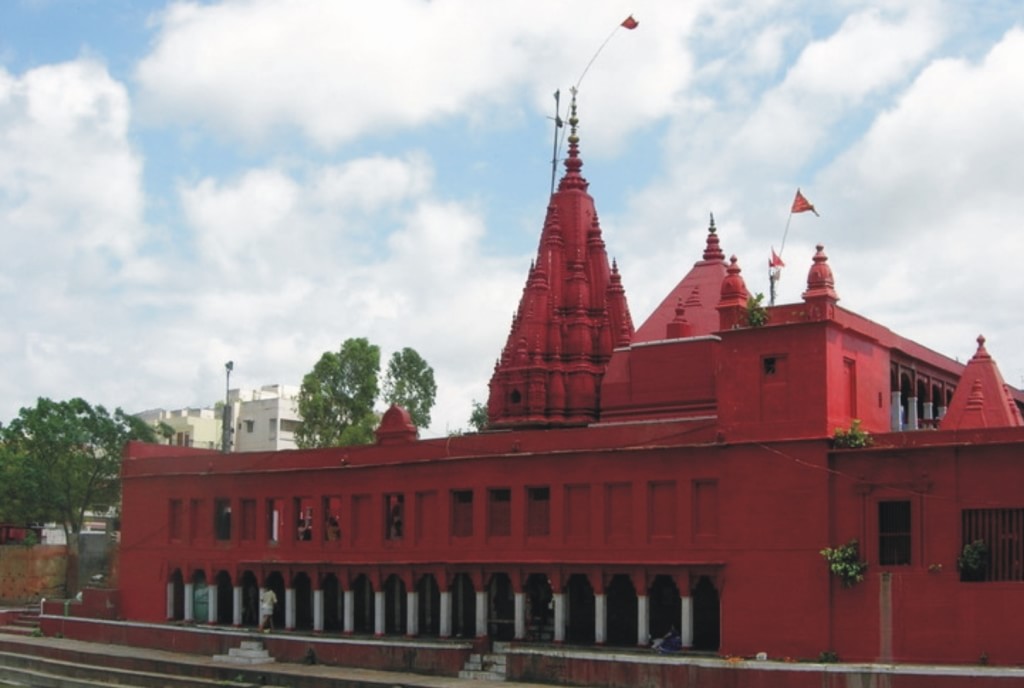
DURGA TEMPLE
The 18th century Durga temple lies south of the main city, in Durga Kund. A narrow lane flanked by flower and puja paraphernalia vendors leads up to this ancient temple. Inside, the low roofed, bright red walled temple has a small sanctum with an idol of goddess Durga riding a tiger, armed with a trident, discus and sword. Navratras are celebrated with great vigour in this temple.
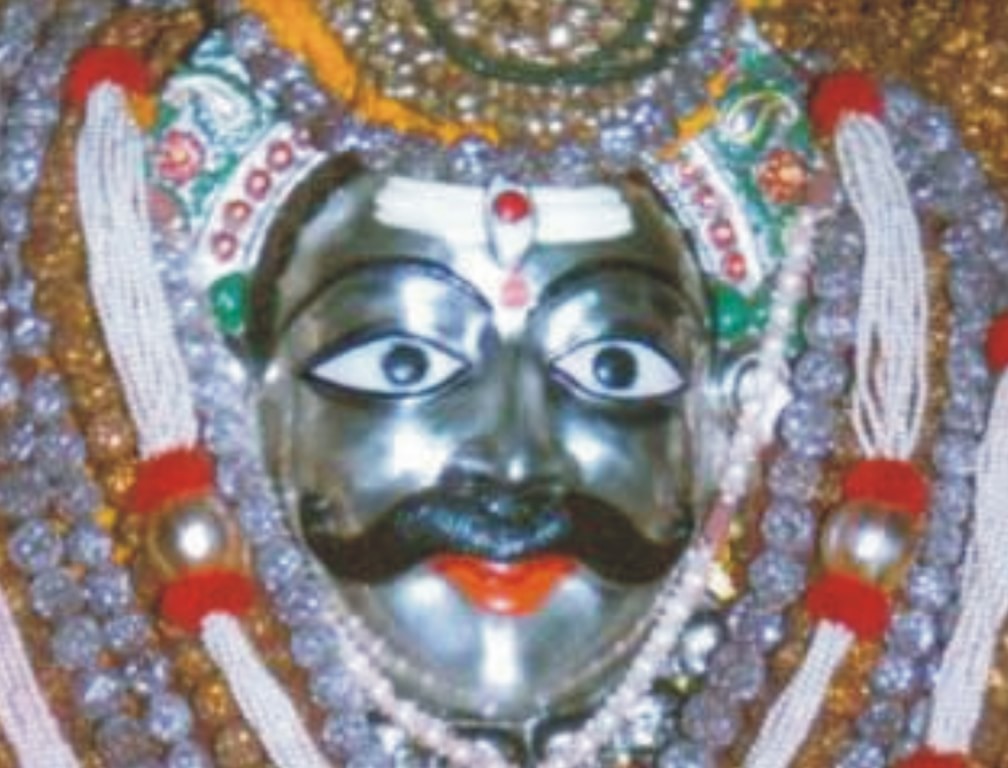
KAL BHAIRAV TEMPLE
Dedicated to God Kal Bhairav, who is known as the ‘Kotwal’ or the keeper of Varanasi', it is said that without his permission no one can stay in Kashi. Bhairav is considered a fearsome manifestation of Shiva who wears a garland of skulls and carries a club of peacock feathers. The name 'Kaal Bhairav' means both Death and Fate. It is one of the most interesting temples of Varanasi. On entering the temple, you will find a door guarded by Bhairava's mount, the dog, which leads to a fine courtyard. In the center of the courtyard, there is the main shrine of Bhairava. His silver face, garlanded with flowers, can be seen through the doorway of the inner sanctum, while the rest of the idol said to be holding a trident, seated upon a dog, is hidden behind a cloth drapery. Here devotees make offerings of liquor, chocolates and meat. This temple was a spiritual center in Kashi for many centuries for the most severe of Shiva ascetics. Today, the temple is no longer the exclusive domain of such extremist yogis and is patronized by all Hindu devotees for his protective blessings.
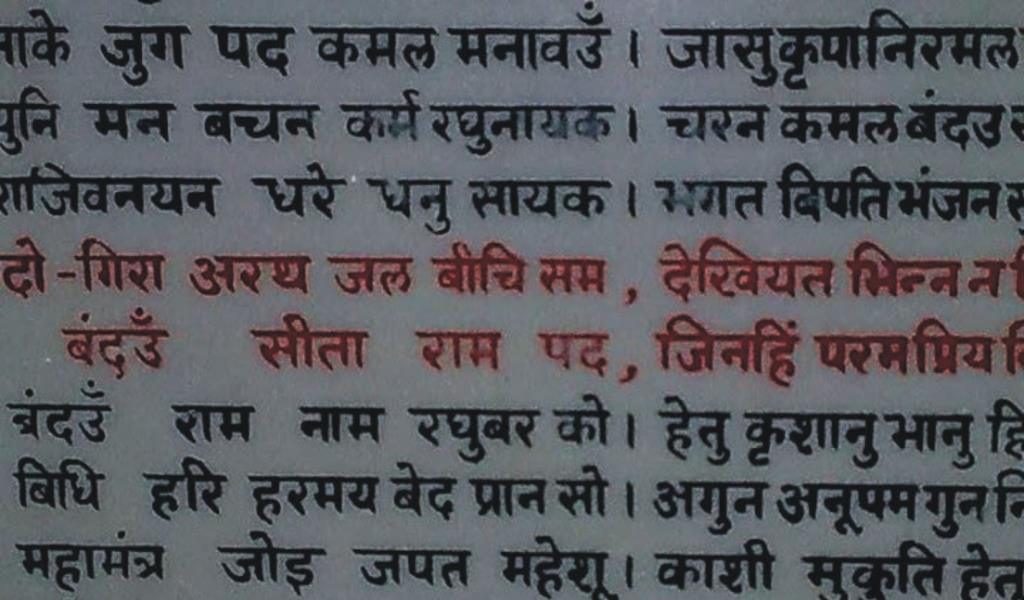
TULSI MANAS MANDIR
Built in 1964 in white marble, it is dedicated to Lord Ram, and is situated on the same place where Tulsi Das wrote the Ramcharitamanas, which narrates the life of Lord Ram. The well maintained gardens around the marble temple welcome you into a maze of white walls engraved with verses of the Ramcharitamanas, written in the Awadhi language. It is located near the famous Durga temple.
Inset: Walls of Tulsi Manas Mandir)
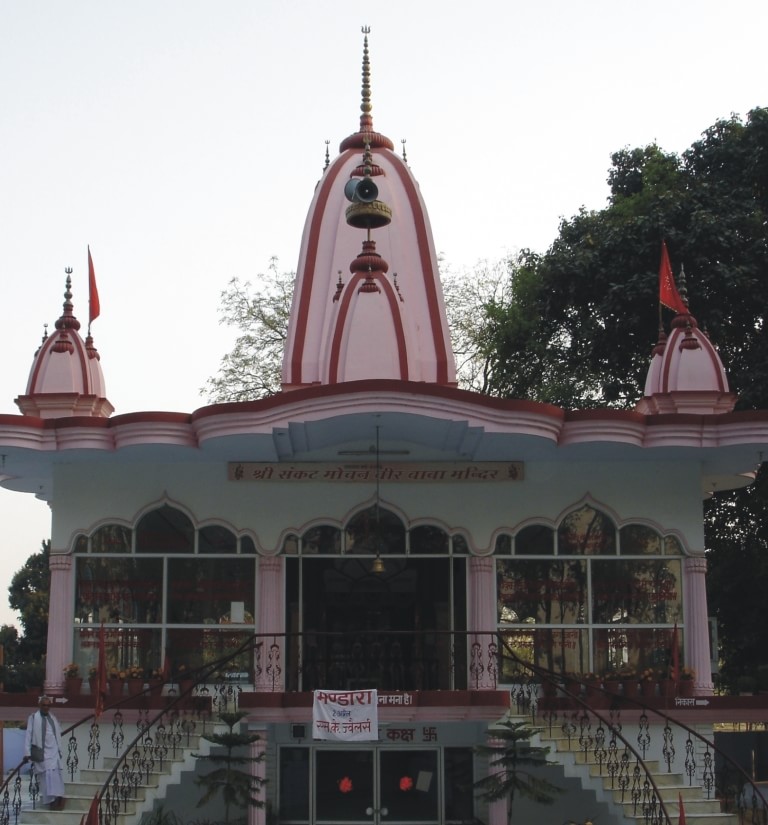
SANKAT MOCHAN
Sankat Mochan Temple is dedicated to Lord Hanuman, an ardent devotee of Lord Rama. This temple is also called as the Monkey temple because of the presence of lot of monkeys inside the premises. It is located in the southern part of the Varanasi, on the way to the Durga Mandir and New Vishwanath temple BHU. The meaning of the Sankat Mochan is relief from all the problems. The Temple was constructed by the educationist and freedom fighter Pt. Madan Mohan Malviya (the founder of the BHU) in the early 1900s. The Hanuman Jayanti (birthday of the Lord Hanuman) is celebrated every year by organizing a special parade from Durga temple to the Sankat Mochan Temple. In the temple, offerings to Lord Hanuman (called Prasad) are sold in the form of special sweets called "besan ke ladoo”. Tuesdays and Saturdays are especially crowded when parts of Ramcharitamanas are recited at the temple.
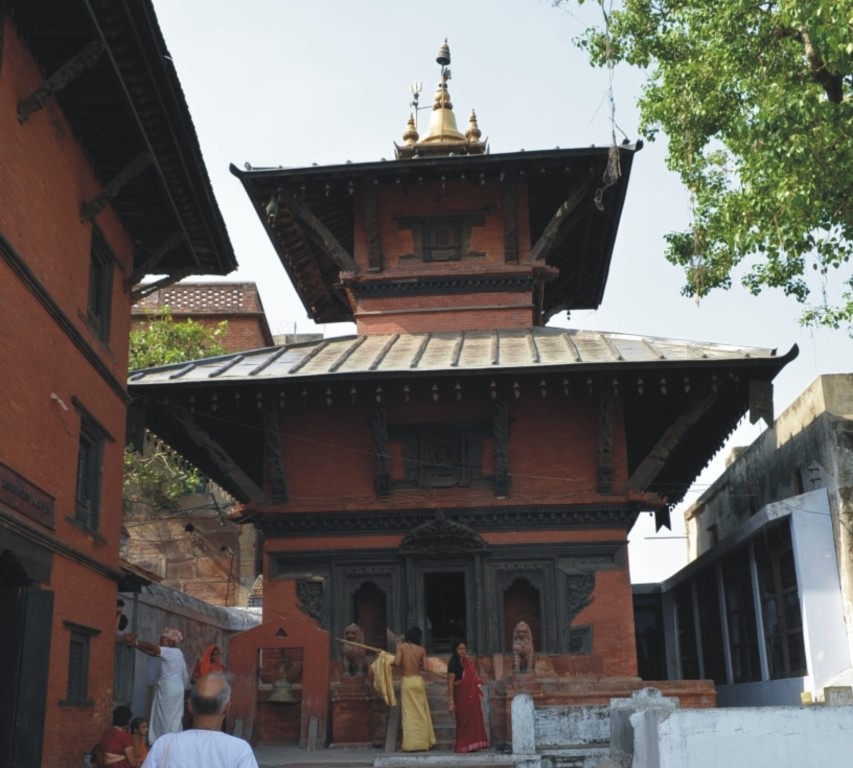
NEPALI MANDIR
Built by the King of Nepal on Lalita Ghat, this temple has been constructed in the Nepali style of architecture. The temple is sometimes referred to as 'Mini Khajuraho', given its exquisite woodwork displaying the craftsmanship of its workers the use of a special wood that is termite proof. It is undoubtedly one of the most architecturally stunning temples on the ghats. A small Nandi statue sits outside the main sanctum of the Pashupathinath Mahadev lingam. Also known as the Kathwala temple, it has an extremely serene ambience surrounded by tamarind and peepal trees. Set in this tranquil backdrop, is a widows' ashram that is supported by the temple. Visitors should note that photography is only allowed outside the temple.
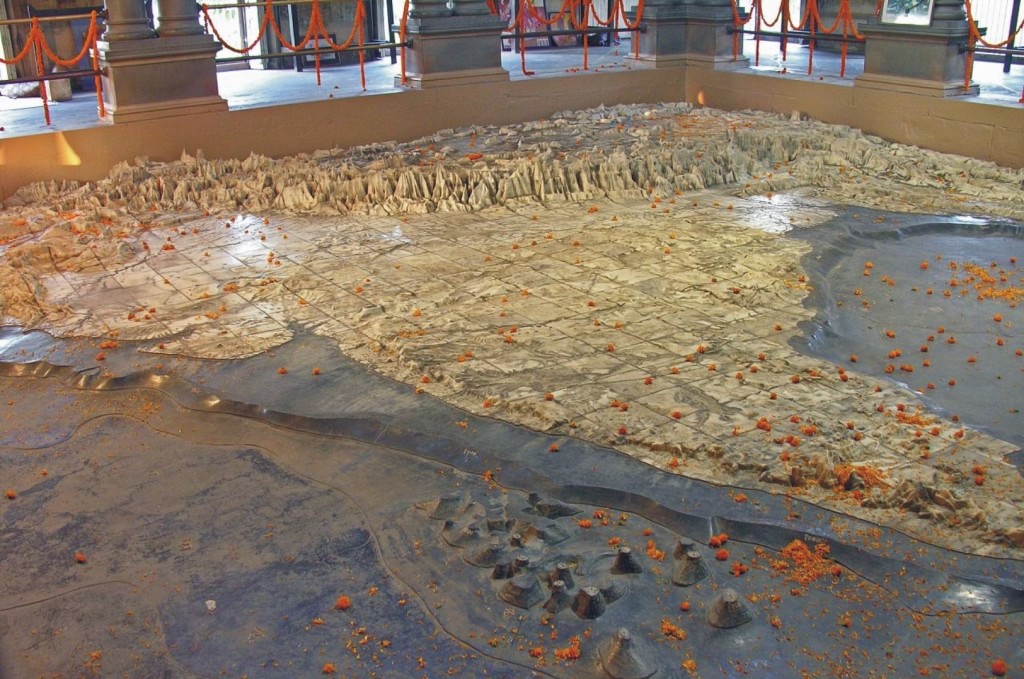
BHARAT MATA MANDIR
The Bharat Mata temple at Varanasi is unique temple dedicated to Mother India, a national personification of India as a mother goddess. It is located in the Mahatma Gandhi Kashi Vidyapeeth campus. It was built by Babu Shiv Prasad Gupt and inaugurated by Mahatma Gandhi in 1936. The statute of Bharat Mata is built in marble and is a model of undivided India, depicting the mountains, plains and oceans. The most interesting part about the Bharat Mata Temple is that instead of the customary gods and goddesses, it houses a relief map of India, carved out of marble. The temple is a kind of admiration to all those who take part in the formation of India as it was built before the partition of the India.


















